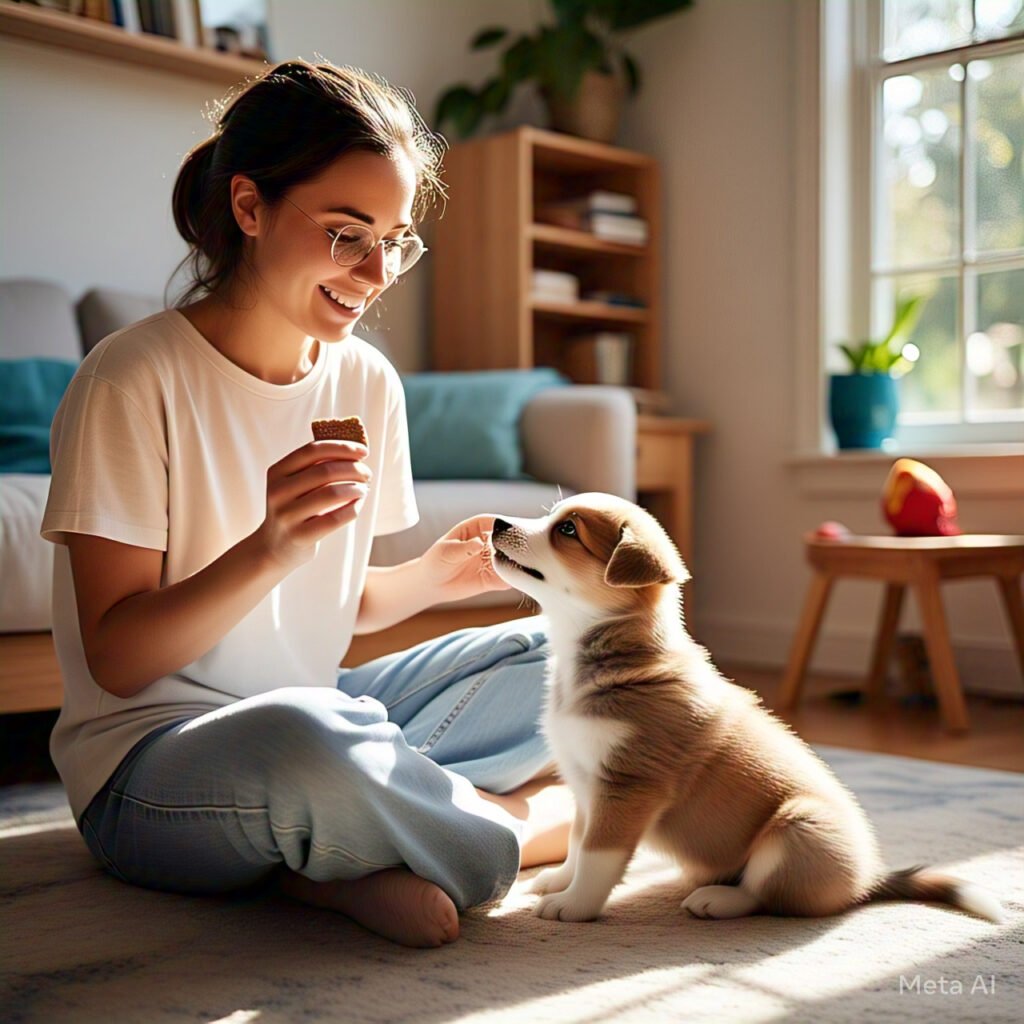
Enjoying and creating a pet-friendly environment is exciting, but it also requires a careful approach to make them adapt to your routine and lifestyle, which is benefit for both sides. Whether it’s a playful puppy, an independent cat, or a rescued animal, training and adaptation take time and consistency. Many think that this is being strict, but it isn’t, as it is creating a rhythm and setting an organised lifestyle from feeding to sleeping.
Occasional emergency situations are usual, and when such a situation arises, reaching out to UrgentVet – emergency veterinarian service in Rolling Meadows, Illinois is checklisting every box as a pet parent. Let’s have a detailed look at how pet training can be done and why it is helpful.
Start with Structure and Routine
Pets thrive on predictability. From feeding times to potty breaks and sleep schedules, creating a structured daily routine helps your pet understand what to expect. When pets know their routine, they feel more confident, which makes training easier. Dogs, for example, respond well to set walking times and mealtimes. Cats also benefit from predictability in feeding, play, and litter box maintenance.
Make sure to introduce new routines slowly and stick to them. Sudden changes can lead to confusion or behavioral issues, especially in younger animals or those with a history of anxiety. Over time, that structure becomes second nature to both you and your pet.
Use Positive Reinforcement to Build Trust
Training should never feel like punishment. Instead, focus on rewarding good behavior with treats, praise, or play. Positive reinforcement creates a bond of trust between you and your pet and encourages them to repeat desired behaviors. Whether you’re teaching your dog to sit or encouraging your cat to use a scratching post instead of your couch, immediate rewards are key.
Consistency is crucial here. Every family member should use the same cues and offer the same responses so your pet doesn’t get mixed signals. Pets are quick learners when they feel safe and supported—your calm, encouraging presence is often their biggest motivation.
Socialization and Exposure to Real-Life Scenarios
Helping your pet adapt to your lifestyle means gradually introducing them to the situations they’ll experience regularly. This might include meeting new people, encountering other animals, traveling in the car, or hearing loud noises like a vacuum or blender. Early exposure helps pets become less fearful and more adaptable.
With dogs, regular walks in different environments allow them to build confidence. For cats, letting them explore new rooms at their own pace or rewarding them after a positive interaction can go a long way. Just remember not to overwhelm them.
House Rules Matter—And They Should Be Clear
If you want to keep your bed fur-free or protect certain furniture, now’s the time to establish those boundaries. It’s much easier to teach pets your expectations from the start than to change their habits later. Block off no-go zones using baby gates or deterrent sprays, and reinforce the right behavior with plenty of praise and redirection.
Address Challenges with Patience, Not Punishment
Accidents, barking, chewing, or scratching may all happen as your pet adapts to your home. Instead of reacting with frustration, try to identify the cause. Is your dog bored? Is your cat stressed by a new routine? Once you know the reason behind a behavior, you can correct it more effectively and with empathy.
Sometimes, unexpected changes in behavior are signs of discomfort or illness. If your pet suddenly becomes aggressive, stops eating, or hides more than usual, consult your vet.
Make Training Part of Everyday Life
You don’t need long, drawn-out training sessions to see progress. Instead, make training part of your daily interactions. Ask your dog to sit before going for a walk, reward your cat for staying off the counter, or practice leash manners while on a casual stroll.
This consistent reinforcement throughout the day helps pets understand that good behavior is expected all the time—not just during “training hours.” It also strengthens your communication, making everyday tasks smoother and more enjoyable for both of you.
Be Ready for Emergencies—Because Life Happens
Even well-trained pets get sick, get injured, or suddenly change behavior due to stress or age. Having a plan for emergencies is a crucial part of responsible pet ownership. Know where the closest after-hours clinic is, and keep a basic pet first-aid kit at home.
In critical moments, access to reliable care like being at the reach of an expert can be a lifesaver—literally. Whether it’s a swallowed toy, a painful limp, or unusual lethargy, having an emergency clinic in mind means you’ll lose no time getting your pet the help they need.
Final Thoughts
Training your pets and helping them adapt isn’t about turning them into perfect animals—it’s about building a mutual understanding so they feel at home in your world. Through consistent routines, positive reinforcement, exposure to new experiences, and clear communication, you can guide your pet into becoming a well-adjusted companion. With patience, compassion, and preparation, you’ll build a life together that’s joyful, calm, and well-balanced.